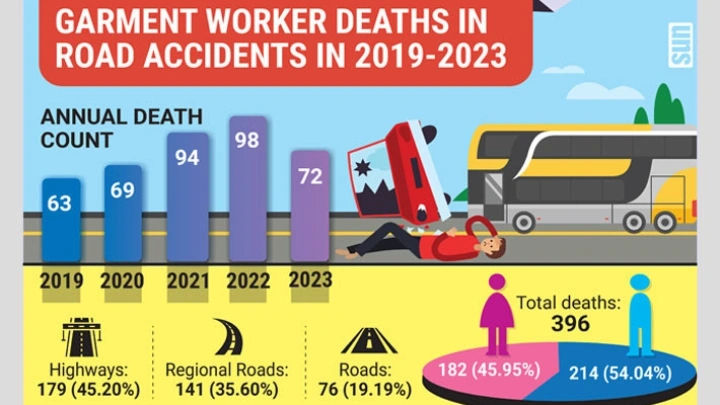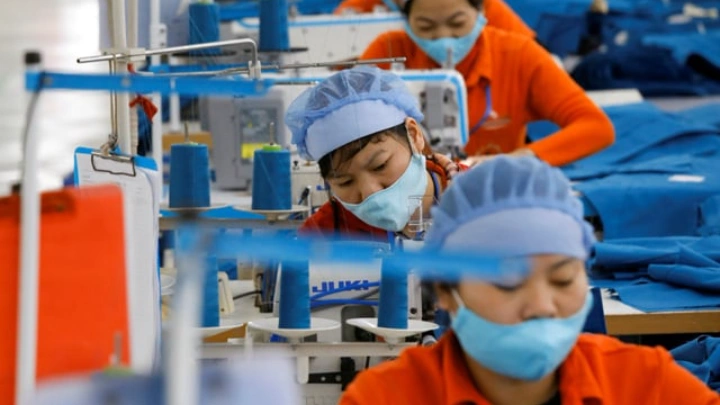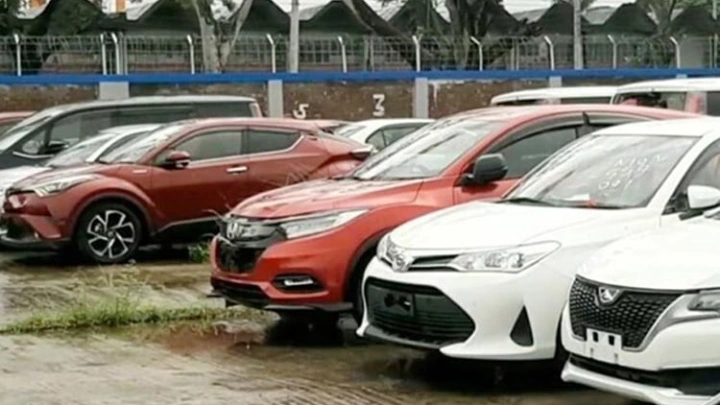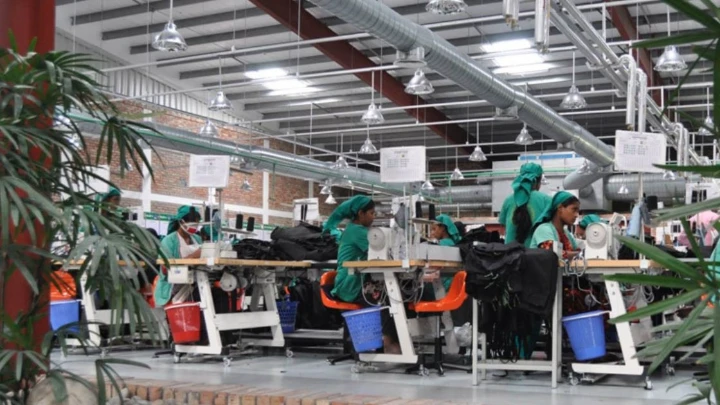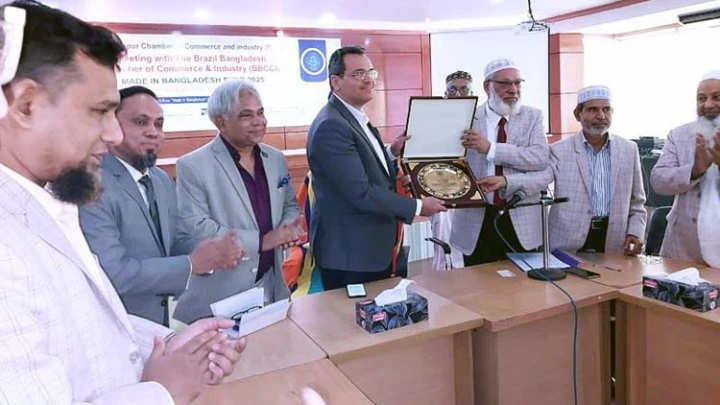RMG worker deaths in road accidents climb
DailySun || Shining BD
A female garment worker died under the wheels of a city corporation garbage truck in Kunia Barabari area of Gazipur on 24 February this year, leaving her family and colleagues devastated. A nearby van driver, attempting to save the woman, also suffered serious injuries in the accident.
Upon hearing the news of the female worker’s death while crossing the road on her way to the factory, employees from neighbouring factories as well as local people took to the streets in protest. They blocked the Dhaka-Mymensingh highway, rallying for improved safety measures.
Similarly, on 31 January, a covered van ran over a garment worker – who was going to his workplace riding a bicycle – in Natunbazar of Gazipur, leaving him dead on the spot.
These incidents are just the latest in a string of deadly road accidents taking lives of garment workers in the country. Over the past five years, 396 garment workers have perished in such mishaps, according to data obtained from the Road Safety Foundation.
These numbers paint a grim picture, not just of lost lives, but of shattered families and a community grappling with a constant threat.
Speaking on the issue, Saidur Rahman, chief executive of the Road Safety Foundation, identified two main reasons behind such tragedies – a lack of awareness among garment workers regarding road safety and the overall inadequacy in the country’s road transportation sector.
Saidur emphasised the need for proactive measures, including motivational training tailored to garment factory workers and the construction of foot overpasses near industrial zones.
According to the Bangladesh Garment Manufacturers and Exporters Association, the number of garment factories currently operating in the country is approximately 4,000.
However, from 2019 to 2023, operations of 580 factories in the country have been shut down.
In the past five years, 179 died on highways, 141 on regional roads and 76 on local roads, says Road Safety Foundation.
Out of these road accidents, 213 people have died as pedestrians, 102 as motorcycle riders and cyclists, and 81 as passengers in various vehicles.
Analysing the time of death in accidents, 158 people (39.89%) died in the morning, 51 (12.87%) in the afternoon, 69 (17.42%) in the evening, 41 (10.35%) in the late afternoon, and 77 (19.44%) at night.
That is, garment workers are more prone to accidents in the morning while going to work.
Speaking to the Daily Sun, Md Hadiuzzaman, a transport expert and professor of the civil engineering department at Bangladesh University of Engineering and Technology (BUET), said, “Garment factories have sprung up alongside highways indiscriminately, putting garment workers at risk. Industrial factories are not built near highways anywhere in the world.”
“Most of the workers in garment factories are low-income earners. They walk to work. Those who contribute significantly to the economy are neglected. Instead of building factories near highways, they should be relocated to designated economic zones.”
Furthermore, more emphasis should be placed on pedestrian management on highways. Garment factory owners should also take responsibility. If the workers die in road accidents, the relevant parties should take responsibility for their families, he said.
Economic and social impact of the deaths
Garment workers are economically and socially the lower strata of society. In most cases, they are the sole breadwinners of their families.
Therefore, when garment workers die in road accidents, their families suffer a significant economic loss.
RMG sources say approximately 44,000 garment workers are working in garment factories across the country.
Nazma Akter, president of Sommilito Garments Sramik Federation, told the Daily Sun, “Garment workers are dying in road accidents, plunging their families into destitution. This reality is undeniable. However, a more significant concern lies in the plight of survivors who endure further hardships post-accidents.”
“They may not be able to work, may lose their jobs. They may receive no assistance. Where there are industrial zones, mostly low-income people live there. No one cares about their safety. Therefore, both the government and garment factory owners need to take measures to prevent road accidents,” she added.
“Those related to the RMG sector should take responsibility for the rehabilitation of the families of garment workers who die in road accidents. Overpasses should be built around garment factories located near highways.”
By moving garment factories away from the vicinity of highways to remote areas, the risk of garment workers dying in road accidents can be reduced, she also said.
Shining BD

